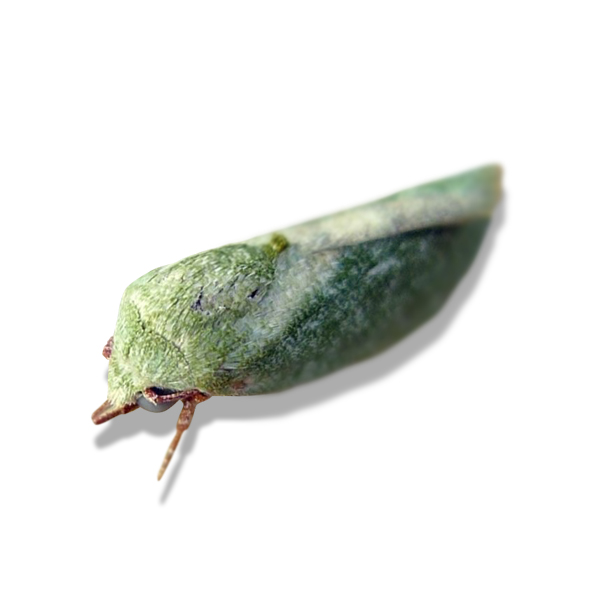Spiny Bollworm, Earias insulana
Spiny bollworm is an important economic insect of cotton.
Earias insulana is widely distributed from China, India, Middle-East as well as north and eastern Africa. Some parts of the Americas also affected by it. The Caterpillars bore into tender shoots, flower buds and fruits. As a result, the shoots dry, flower buds and fruits drop prematurely.
Russell IPM manufacture and supply pheromone lures, traps and complete monitoring systems for Spiny bollworm Earias insulana. Pheromone trap data gives early warning of the infestation and also exhibits the density of the insect population.


